Product Details
We can customize any size and type just according to your specific requirement.
(also cranium), the skeleton of the head of vertebrates, inclusive of man. A big difference is made between the axial cranium and the visceral cranium. The axial, or cerebral, cranium is the anterior continuation of the axial skeleton of the trunk that grows around the brain, olfactory organs, and internal ear. The visceral, or facial, skull is the skeleton of the anterior part of the intestine (pharynx), which at the start consisted of branchial, or visceral, arches setting apart gills.
In animals. The cranial modifications that developed in organisms had been triggered through the modern development of the Genius and sense organs, substitute of gill respiratory with the aid of pulmonary respiration, and exchange in feeding habits resulting from the emergence of organisms onto land from water. The cerebral skull consists of an intelligence case, nasal tablets (surrounding the olfactory organs), and auditory drugs (enclosing the inner ear). The intelligence case is divided into anterior (prechordal) and posterior(chordal) portions. The former embraces the orbital and nasal areas of the skull, and the latter embraces the occipital and aural portions. The anterior component develops from trabecular cartilages and orbital cartilages situated above them. In embryos, the posterior component develops round the force quit of the chord from the parachordal cartilages and auditory capsules. The parachordal cartilages correspond to the fused neural arches of the most anterior vertebrae, subsequently the “vertebral” origin of the posterior portion. Both parts continue to be impartial in crossopterygians, however, develop together in the embryos of different vertebrates. The anterior portion normally incorporates only the forebrain (the cerebral hemispheres), with the posterior component containing the higher part of the brain. In the grownup cranium, the boundary between the parts passes through the hypophysis and the opening with the aid of which the trigeminal nerve emerges from the cranium. The nasal pills fuse with the anterior portion. Crossopterygians and terrestrial vertebrates have, in addition to nostrils, interior nares (choanae)that open into the anterior part of the oral cavity.

 +86-021-50327060
+86-021-50327060
 zq@lzqtech.com
zq@lzqtech.com
 Medical Instrument
We can achieve perfect edge quality and dimensional tolerance up to±0.0005mm (±0.5μm) in the process of micro, ultra-long, ultra-thin, super-abrasive, impact-resistant, high-precision and combined ... VIEW MORE
Medical Instrument
We can achieve perfect edge quality and dimensional tolerance up to±0.0005mm (±0.5μm) in the process of micro, ultra-long, ultra-thin, super-abrasive, impact-resistant, high-precision and combined ... VIEW MORE Implant
Corresponding and matching drills and tools of different types, forms, shapes, structures can be high precisely ground to mold according to different brands and different types of implants forms, shap... VIEW MORE
Implant
Corresponding and matching drills and tools of different types, forms, shapes, structures can be high precisely ground to mold according to different brands and different types of implants forms, shap... VIEW MORE Cutting Tools
Super-hardness machining for special, non-standard new ite ms with different size and tolerance. VIEW MORE
Cutting Tools
Super-hardness machining for special, non-standard new ite ms with different size and tolerance. VIEW MORE Accessory Parts
we can customize for you according to your samples or drawings for any manufacturing of ceramic,carbide,stainless high-speed steel, stainless steel, titanium alloy, titanium diamond, etc series, hig... VIEW MORE
Accessory Parts
we can customize for you according to your samples or drawings for any manufacturing of ceramic,carbide,stainless high-speed steel, stainless steel, titanium alloy, titanium diamond, etc series, hig... VIEW MORE

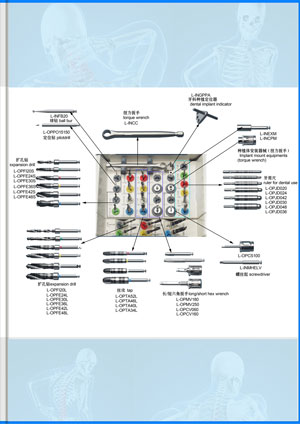

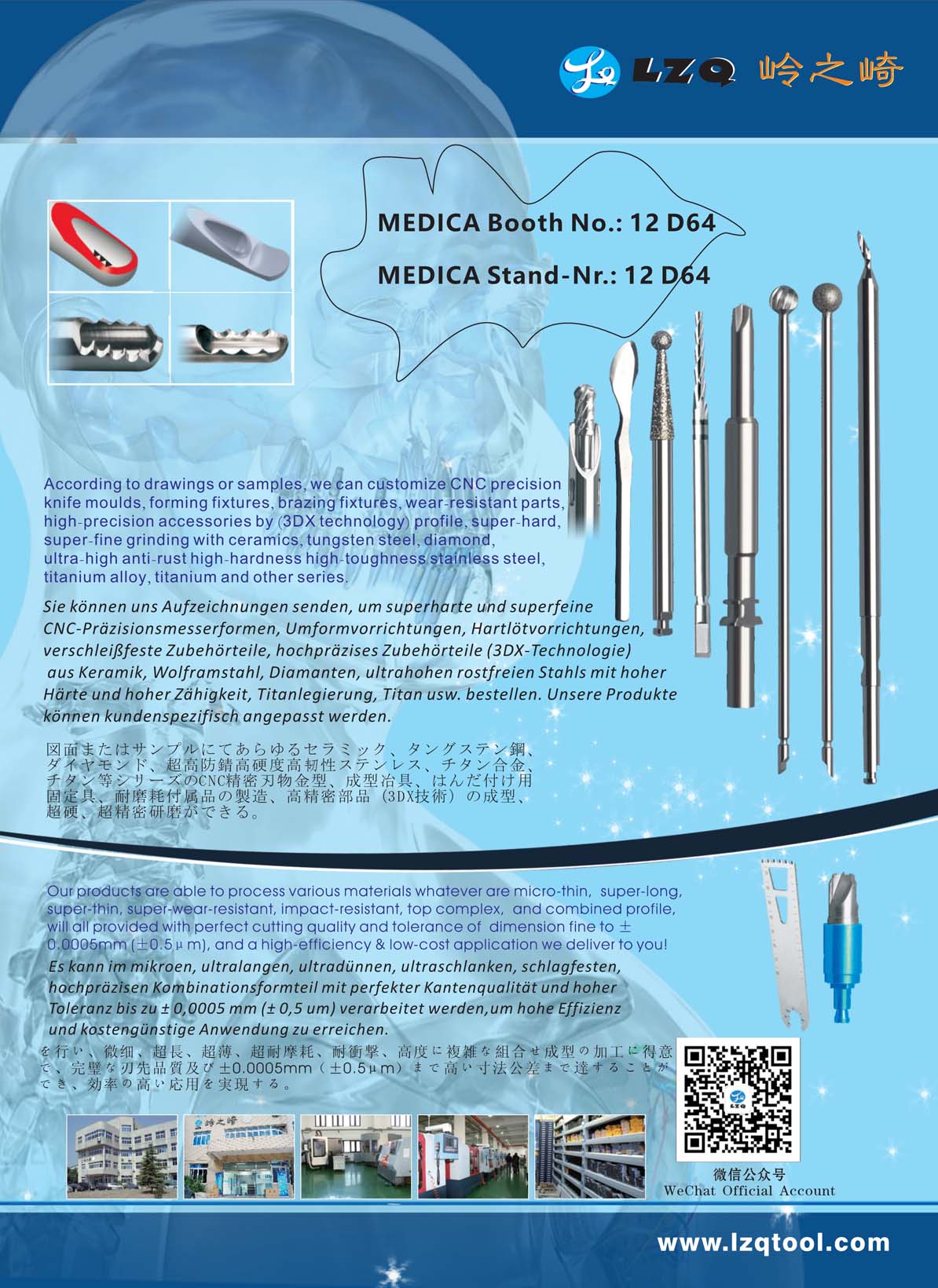
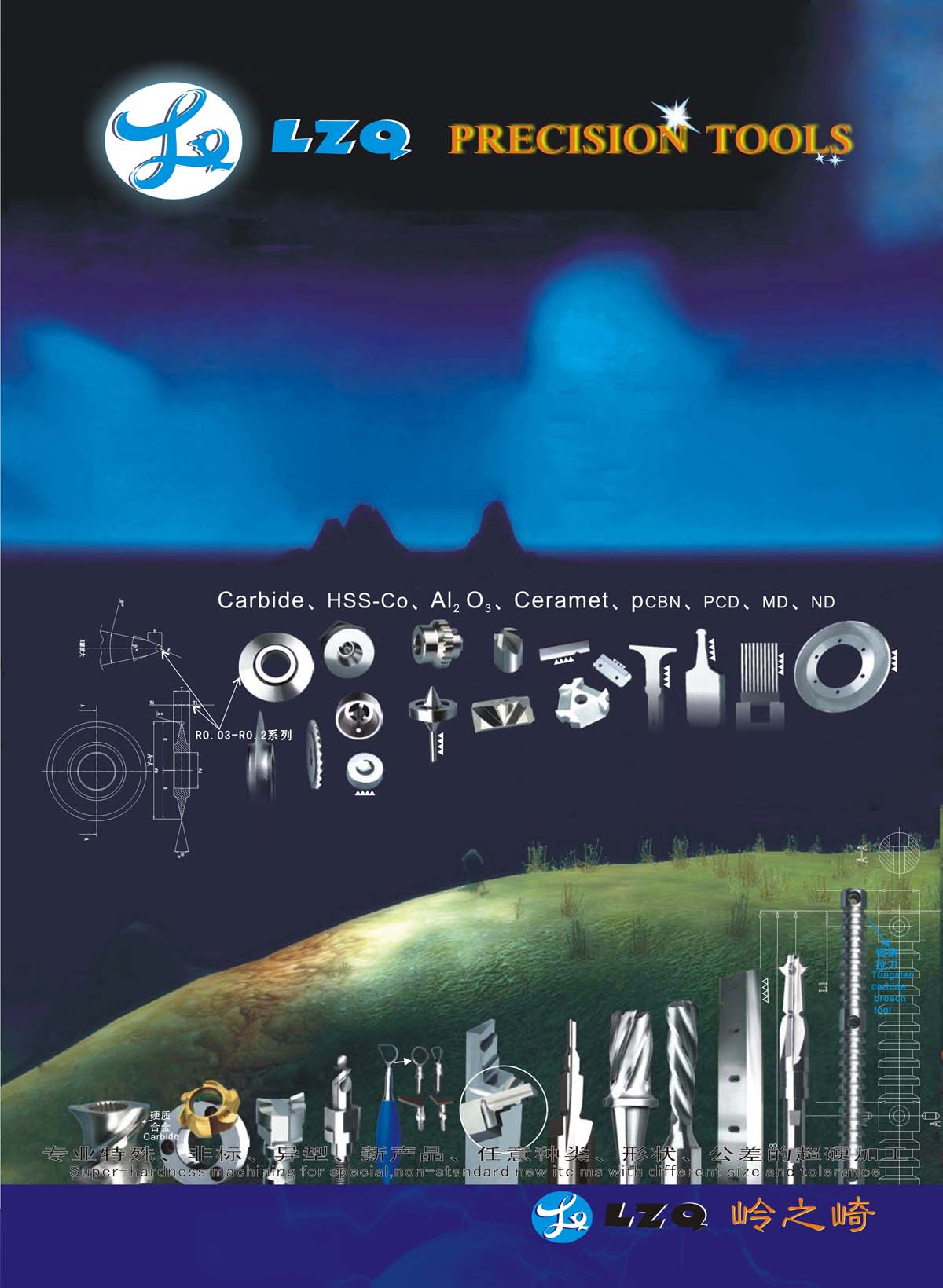
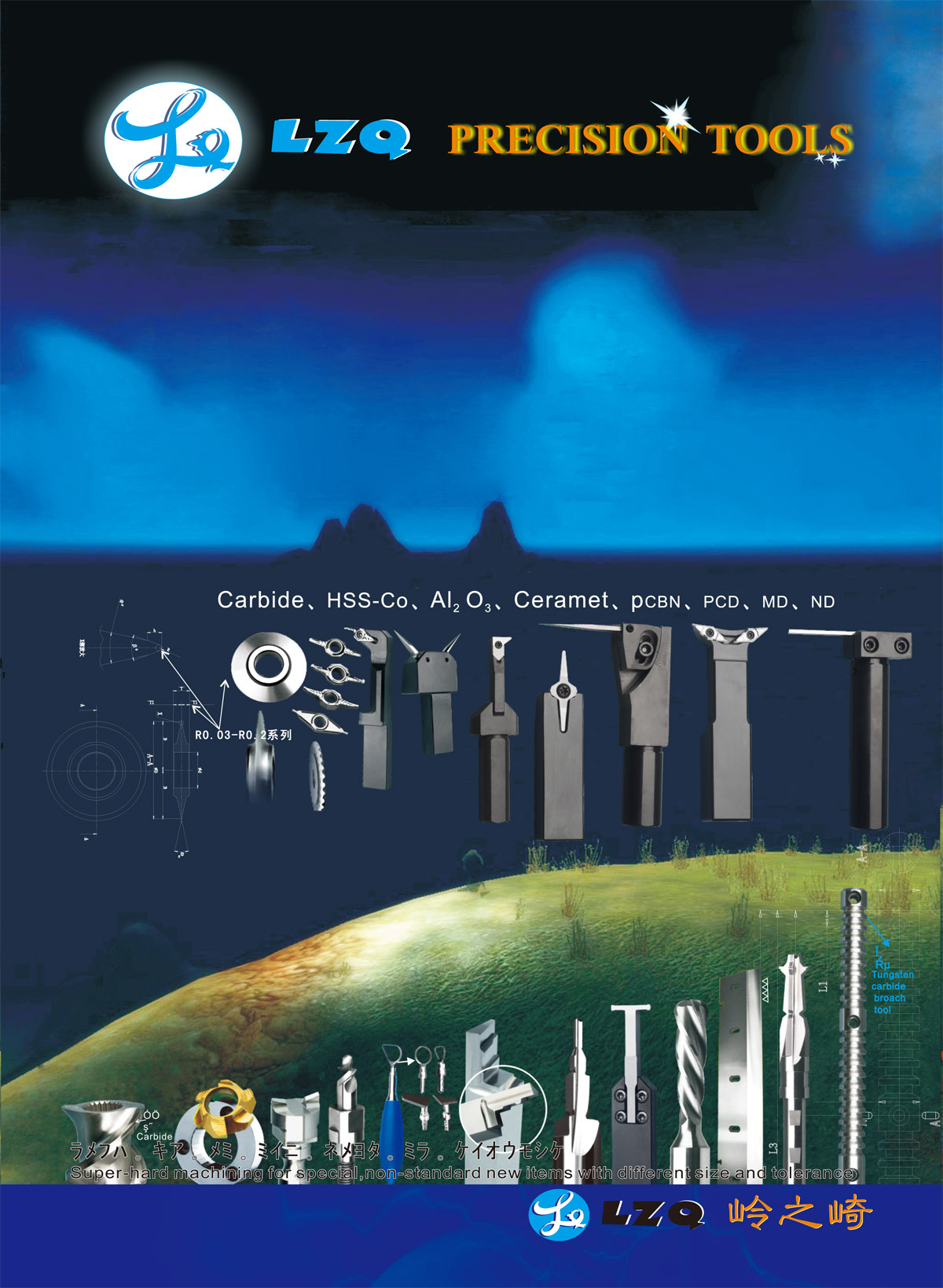










































































































































































































.webp)







































































































































































































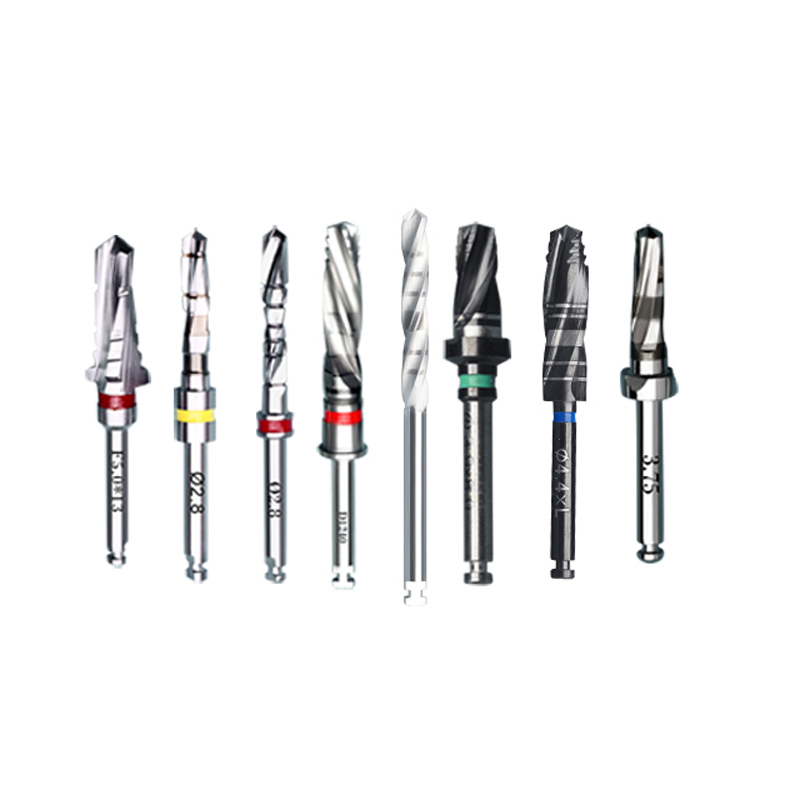















































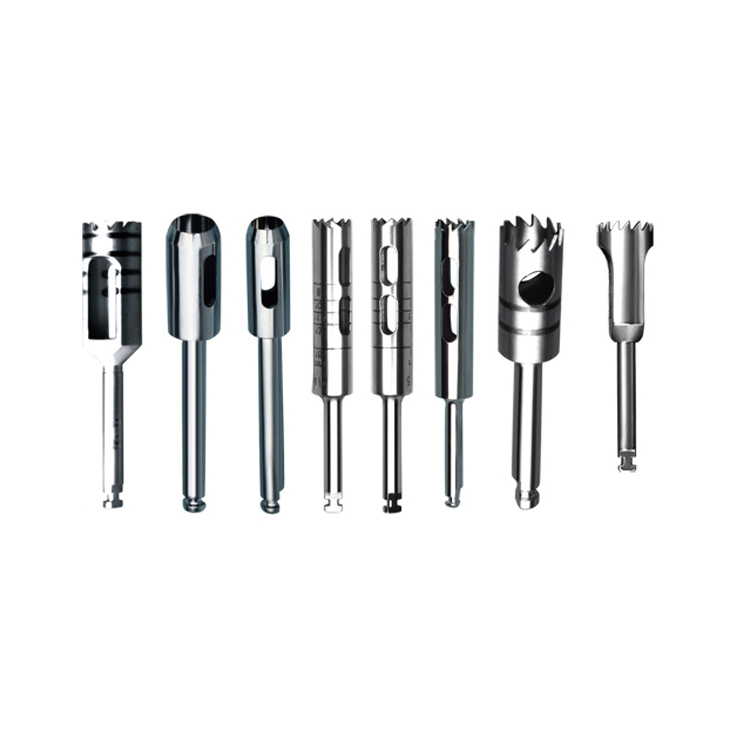


 +86-021-50327060
+86-021-50327060 
 NO.1269 Plant, Jinhu Road, Jinqiao Export Processing Zone, Pudong New District, Shanghai, China.
NO.1269 Plant, Jinhu Road, Jinqiao Export Processing Zone, Pudong New District, Shanghai, China. 
